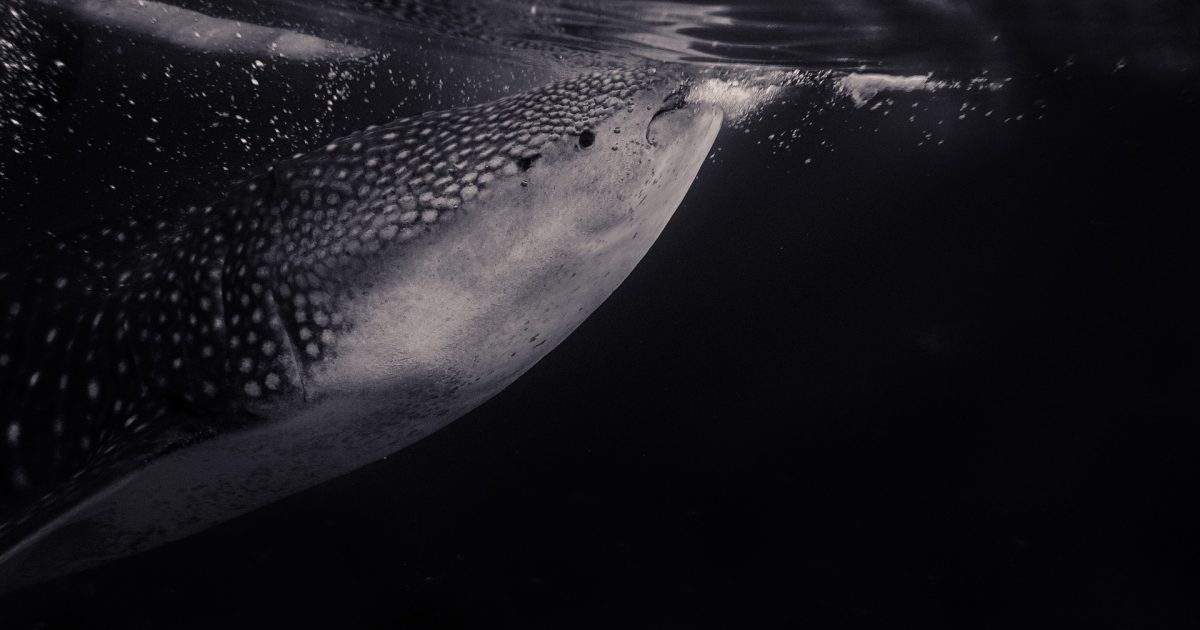Shark diving tourism is a growing industry estimated to be worth more than $25.5 million annually to Australia’s regional economy.
A new report has documented the value on marine wildlife tourism, underlining a need for adequate management of shark species to ensure a sustainable dive tourism industry.
A collaboration between the Australian Institute of Marine Science (AIMS), Flinders University, University of Western Australia, and Southern Cross University documented the industry of four major shark viewing industries across the Australian coast.
AIMS marine biologist and co-author of the study Dr Mark Meekan said the research aimed to provide an estimate of the economic value of shark diving tourism across Australia to help inform decisions about how sharks are managed.
Dr Meekan said whale sharks, known as the gentle giants of the sea, were the most popular drawcard for tourists who spent an estimated $11.6 million for the snorkelling experience.
“Ecotourism focused on these animals is now a growing and profitable industry, with a focus that not only uses sharks as a renewable resource, but also engages people in their conservation,” he said.
“In Australia, there are four major shark tourism industries, which include snorkelling with whale sharks off Ningaloo Reef in Western Australia, cage diving with white sharks off Port Lincoln in South Australia, diving with grey nurse sharks off the coast of New South Wales and Queensland, and swimming with reef sharks at Osprey Reef in far North Queensland.”
The study surveyed 711 tourist divers over a one year period and documented their expenditure, including accommodation, transport, living costs, and other related activities during divers’ trips.
Flinders University Associate Professor Charlie Huveneers, lead author of the study and research leader of the Southern Shark Ecology Group, said the white shark cage-diving industry off Port Lincoln, South Australia, was the second most valuable shark viewing industry contributing $7.8 million in direct costs to the economy in 2013–2014. “On top of costs directly associated with shark viewing, white shark and whale shark tourists spend as much again in additional expenditure in the region,” Assoc Prof Huveneers said.
”We found 83 per cent of the white shark cage-divers would not have visited the Port Lincoln region and spent money there if a cage-diving opportunity had not been available.
“These additional revenues show that the economic value of this type of tourism do not flow solely to the industry, but are also spread across the region where it is hosted, even in countries with developed economies that are not typically considered to have a dependence on tourism for revenue.”
Assoc Prof Huveneers said wildlife tourism was one of the fastest growing sectors of the tourism industry, but the impact to the natural environment must be measured. “This reiterates the importance of adequate management of these industries to ensure sustainable practices, so future generations have the opportunity to view and interact with sharks in the wild in the same way that we currently can,” he said.
Dr Meekan said about half the white shark divers were domestic visitors but the highest percentage of domestic tourists were found in the grey nurse shark-diving industry, at 59 per cent. Most tourists in whale shark snorkelling tours were international tourists (55%) and only 29% were Australian.
Total number of divers at each of the locations during the study from March 2013 to June 2014:
- Osprey Reef, far North Queensland, 1, 848 tourist divers (reef sharks)
- Neptune Islands, South Australia, 10,236 tourist divers (white sharks)
- Ningaloo Reef, Western Australia, 22,124 tourist divers (whale sharks)
- The combined total of divers to four locations in South East Queensland (Wolf Rock and Julian Rock), and NSW (Fish Rock and Magic Point) 13,978 tourist divers (grey nurse sharks)
The paper ‘The economic value of shark-diving tourism in Australia’ has been published in the journal Reviews in Fish Biology and Fisheries.



